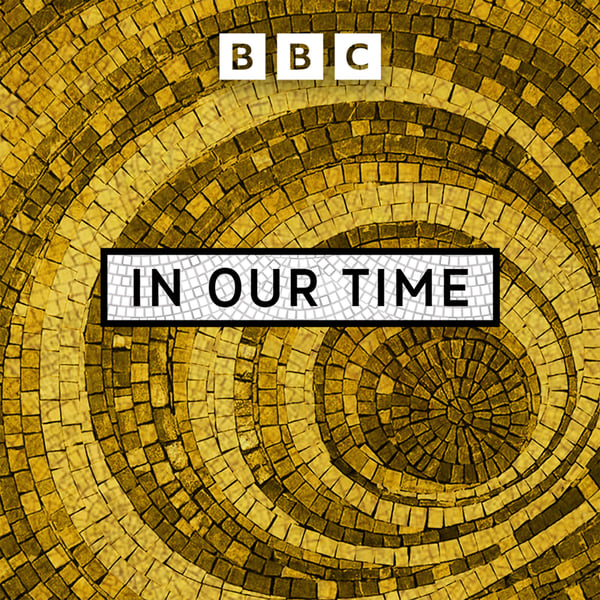Summary
Transcript
Click on a timestamp to play from that location
| 0:00.0 | Thanks for downloading the NRTIME podcast. For more details about NRTIME and for our terms of use, please go to bbc.co.uk forward slash radio for. |
| 0:09.5 | I hope you enjoy the program. |
| 0:11.5 | Hello, in 1856 in the Neander Valley near Dusseldorf, workers quarrying limestone stumbled across some old bones which they assumed to be the remains of a bear. |
| 0:21.5 | They were handed over to a local naturalist who realized that he was looking at something far more intriguing. |
| 0:26.5 | The remains, which included part of a skull as well as a leg, arm and rib bones, appeared to be ancient in origin and to come from an animal similar in appearance to humans. |
| 0:35.5 | But this, what an animal previously unknown to science, possibly even an ancestor of modern humans. |
| 0:41.5 | The following year, the discovery was announced to the world as a new species, namely homo-neanditalis, in honor of the place where it was discovered. |
| 0:48.5 | Today we know homo-neanditalis as the Neandertiles, a relative in modern humans that flourished several hundred thousand years ago. |
| 0:55.5 | Modern scholarship has established much about their lives and behavior, although the reason for that extinction remains unclear. |
| 1:02.5 | With me to discuss the Neandertiles are Simon Conway Morris, professor of evolutionary paleobiology at the University of Cambridge. |
| 1:09.5 | Chris Stringer, research leader in human origins at the Natural History Museum, and visiting professor at Royal Holloway University of London. |
| 1:17.5 | And Daniel Schrieb, reader in physical geography also at Royal Holloway University of London. |
| 1:22.5 | Simon Conway Morris, before we talk about the Neandertiles themselves, can you set the scene for us? |
| 1:28.5 | What was the earth alike about four hundred thousand years ago, just before the emergence or the said to emerge these Neandertiles? |
| 1:35.5 | Well, at that time, in a sense, one could almost say it was the best of times and the worst of times, because in that interval going back about two million years, we're in what we call the ice ages. |
| 1:43.5 | So, effectively, we have times when it's warm, in fact, sometimes exceedingly warm, and otherwise, in times slightly after that, going towards the present day, it then becomes very much colder. |
| 1:51.5 | So, where we're sitting at the moment, a few hundred yards away, four hundred thousand years ago, then one wouldn't be surprised to wander across a hippopotamus. |
| 1:58.5 | But of course, if we were to go a bit further towards the present, then, in fact, we'd find a scene which would be almost indistinguishable from Greenland. |
| 2:04.5 | So, the point here is, effectively, we have these blocks of time, roughly about hundred thousand years each, where it is generally very warm, super-global warming almost, other times when it's exceedingly cold. |
| 2:14.5 | And what's so interesting about this, of course, is, first of all, the change from one system to the other can be very rapid. |
| 2:20.5 | But also, when it's very cold, for example, it's not continuously cold, it can oscillate violently. |
| 2:25.5 | And while all this matters is, first of all, the environment we associate with present day is really quite benign. |
... |
Please login to see the full transcript.
Disclaimer: The podcast and artwork embedded on this page are from BBC, and are the property of its owner and not affiliated with or endorsed by Tapesearch.
Generated transcripts are the property of BBC and are distributed freely under the Fair Use doctrine. Transcripts generated by Tapesearch are not guaranteed to be accurate.
Copyright © Tapesearch 2025.

